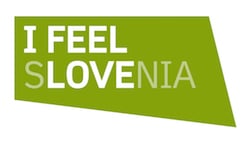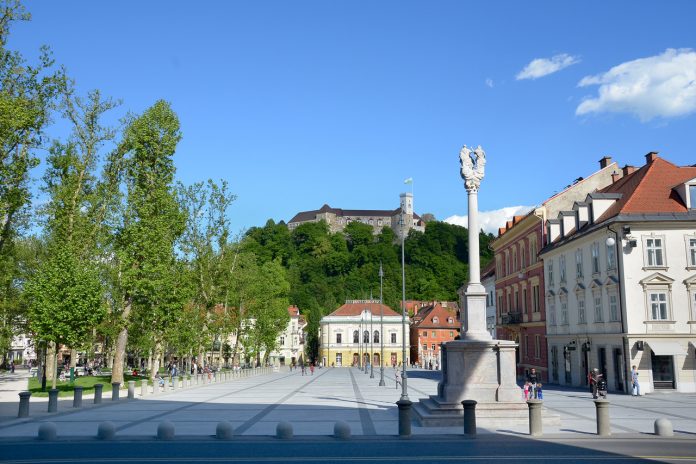Ljubljana stands at the crossroads of historic routes that connect all parts of Europe. It has therefore always been a city where people from all over would meet. Its location between Vienna and Venice has enabled it to develop a unique cultural blend while at the same time to remain intimate. And it is no surprise that in 1821 Ljubljana had been chosen to host an international congress. And what a congress it was, even by today’s standards!
Historical context
In 1821 Europe was still strongly affected by the consequences of the Napoleonic Wars and the reestablishment of the old regimes. This was led by the Holy Alliance, created at the initiative of the Russian emperor Alexander I who, together with Austria and Prussia, founded this political and military union. They would later be joined by almost all European monarchs in attempting to suppress the emerging national and revolutionary movements. To check any possible uprisings or liberal movements, the members met at a congress and sent an army, which was also the reason for calling the Congress of Laibach – Ljubljana.
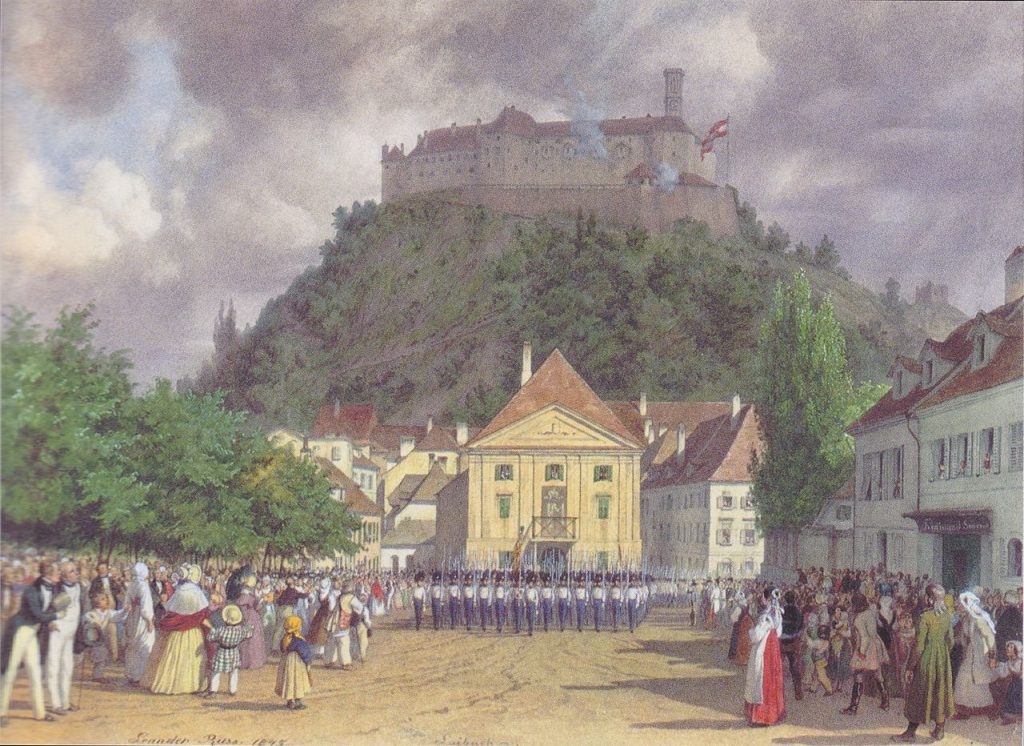
Famous delegates from all around Europe
The Congress of the Holy Alliance took place in Ljubljana from 10 January to 22 May 1821 and it was attended by almost all of the political leaders of post-Napoleonic Europe. Among them the Russian tsar Alexander I, Russia’s first minister and state secretary Capo d’Istria, Ferdinand IV of Naples, the Austrian Emperor Francis I and the originator of the congress – the Austrian Chancellor Prince von Metternich. They were joined by approximately 500 ministers and representatives of France, Great Britain, Prussia and the individual Italian states. The city that had at the time approximately 20,000 residents was constantly patrolled by almost 300 soldiers in the city centre alone. There were 630 business envoys and merchants from all over Europe and even as far as Rio de Janeiro. Ljubljana also attracted visitors who were interested in the event alone and we can say that the capital of Carniola was turned into a true centre of tourism during four months.
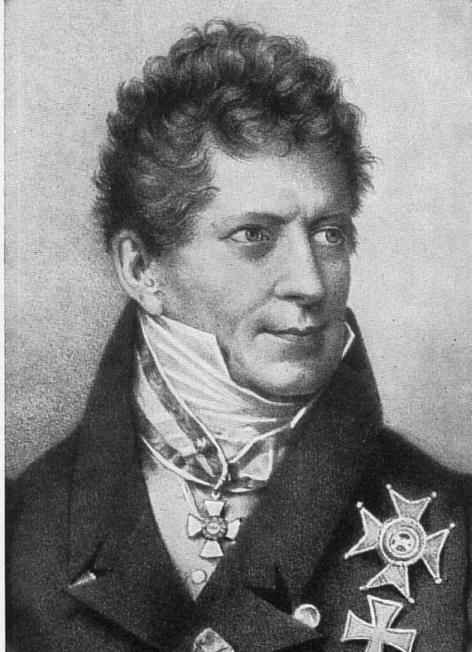
Ljubljana in the spotlight
The city of Ljubljana left nothing to coincidence before the arrival of the emperors, the housing for the numerous visitors had to be prepared, the old Capuchin monastery was razed and in its place an open space was created, today known as the Congress Square, where the main processions and festivities then took place. To ensure that there would be enough entertainment for the guests throughout the duration of the congress, many social activities were organized, including military parades, the music of the Philharmonic Society, dances, masquerades, fireworks, theatre and opera performances by national and international groups, sailings across the Ljubljanica River and hunting expeditions.
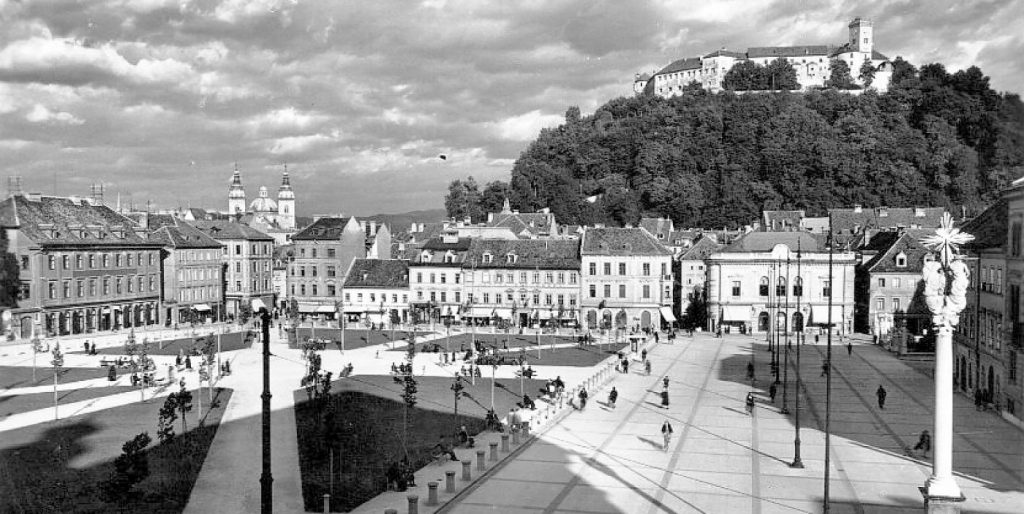
The memory of the Congress remained long after its conclusion. In Ljubljana, the names Congress Square (Kongresni trg), the Road of Two Emperors, the Bavarian Court and the Inn of the Russian Tsar still remind us of the biggest political event in Ljubljana of the 19th century: the Congress of the Holy Alliance.
City Museum of Ljubljana is hosting an exhibition marking the 200th anniversary of Congress of Ljubljana (on display until January 2022). Read more about it here.
More on meetings in Ljubljana: https://www.visitljubljana.com/en/meetings/
#visitljubljana #meetinljubljana #ifeelslovenia #myway #sloveniameetings
